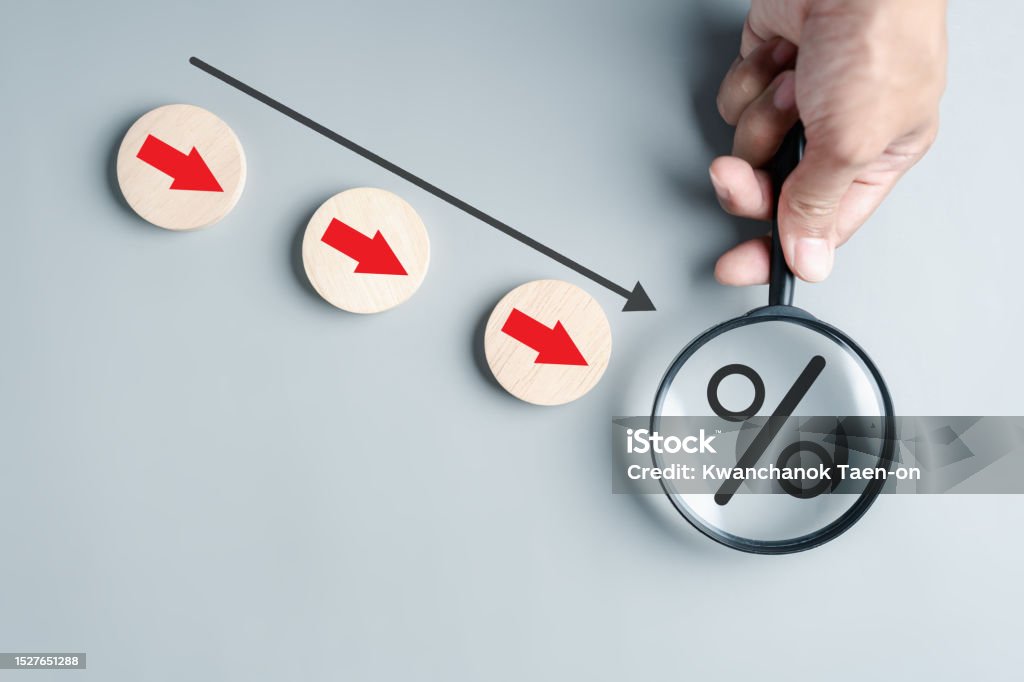
Author: Stephen Goderski, Partner at PKF Littlejohn Advisory

Retail sales are typically used as an indicator of economic growth. An increase in retail sales signifies an expanding economy with an increased appetite for consumer spending, where the inverse signals the opposite.
In the modern-day consumer market, however, it’s not that simple anymore. According to statistics released by the Insolvency Service in the 12 months leading to June 2024, just shy of 4,000 businesses within the wholesale and retail trade sector became insolvent, second in volume only to the construction sector.
Considering the UK is home to over 300,000 retailers1, the percentage may not seem particularly high. The problem is more the brands that are disappearing from the High Street like Ted Baker and the Body Shop that recently entered administration, and the pressure on businesses like Boots, Costa and Clinton Cards who have been forced to close significant numbers of their stores to balance the books. While it is the larger, more high-profile retailers that capture the headlines, real pain is also being felt among the hundreds of smaller, lesser-known retailers who fail and who often have less financial headroom to turn their businesses around.
Adapting to a ‘new’ normal
Perhaps the number of businesses that fail does not signal the demise of retail in its entirety, as is often reported, but rather a realignment as consumers turn to a more technologically advanced world where shopping is at the convenience of their fingertips. This is evidenced by an increasing volume of retailers turning to host their stores online or via social media platforms. Even the supermarkets have created online versions of themselves, and embraced the digital revolution, with Tesco’s whoosh, Ocado Zoom and even food delivery giants Deliveroo and Just Eat providing fast and exclusive grocery delivery services.
The acceleration of online services is almost all a result of the COVID-19 pandemic, following the closure of all non-essential physical sites as a result of Government-ordered lockdowns. Many retailers were obliged to reinvent their digital presence. In fact, in 2019 online sales comprised around 20% of all retail sales in the UK, before rising to a record high of 37% in February 20212. Whilst this figure has generally fallen since then, internet retailing remains above pre-pandemic levels.
The relative ease and low costs associated with hosting e-commerce platforms and marketing them with free social media platforms like Facebook, Instagram and TikTok has played a part in its rise. According to the ECDB, the UK is the third largest market for e-commerce globally3, with 2023 seeing a record 67,186 new businesses being registered, a jump of 57% on the previous year4.
For most retailers, transitioning from a physical site to an online platform, or combining the two, can help save money on overhead and rent in high demand, high footfall areas of towns and cities. Failing to adapt can be fatal, as evidenced by the troubles experienced by Sir Philip Green’s Arcadia Group, whose online-only competitor, ASOS, was quick to purchase Topshop and Topman from the ashes of Green’s empire and further capitalise on the market for lower-end or fast fashion products.
However, this is not to say that all online retailers succeed. In fact, of the 35,589 e-commerce businesses created in 2020, only 36% remain5. Of those created as recently as 2022, only 56% remain active just two years later6.
With great popularity comes greater competition, and businesses must be agile in their approach to servicing paying customers. Financial incentives or discounts may increase sales volumes, but at a reduced margin. In the context of a cost-of-living crisis, however, offering incentives may result in returning and happy customers. Doing so may be a more achievable ask for larger retailers however, who will likely have larger cash reserves to play with than independent or SME retailers.
This is particularly true because of the pandemic, wherein most businesses depleted their cash reserves and loaded their ledgers with increasingly unaffordable debts. Although interest rates are falling, they are falling more slowly than expected and more retailers are becoming insolvent or being taken to the edge The solution to remedy these financial pressures may well be found through entering into a formal restructuring process.
Structuring a new future
The retail market is undergoing a period of significant change. This change is being felt at all levels of the sector too, with retailers both big and small struggling to adapt to a new normal.
Entering into a restructuring process can address barriers to growth, reduce costs, and free up funds to adapt a business to a dynamic and evolving retail market. For larger organisations, the process can also facilitate mergers and acquisitions, resolve shareholder disputes, or address shifts in business priorities.
Anticipating challenging times ahead and seeking advice from a restructuring professional early on can provide a broader range of options. This proactive approach helps bring businesses back on track, preparing them for future trading and ambitious growth in the retail sector. By structuring the retail market for the future, businesses can remain competitive and ready to seize new opportunities.
Technological advancements and changing consumer behaviours require businesses to remain agile. Embracing innovations such as e-commerce, omnichannel strategies, and sustainable practices will be crucial for future success. By proactively adapting to these shifts, businesses can not only survive but thrive in the future retail landscape.
[2] https://commonslibrary.parliament.uk/research-briefings/sn06186/
[3] https://researchbriefings.files.parliament.uk/documents/SN06186/SN06186.pdf
[4] https://ecommercedb.com/markets/gb/all
[5] https://yourecommerceaccountant.co.uk/record-number-of-ecommerce-businesses-in-2024/
[6] https://yourecommerceaccountant.co.uk/record-number-of-ecommerce-businesses-in-2024/

